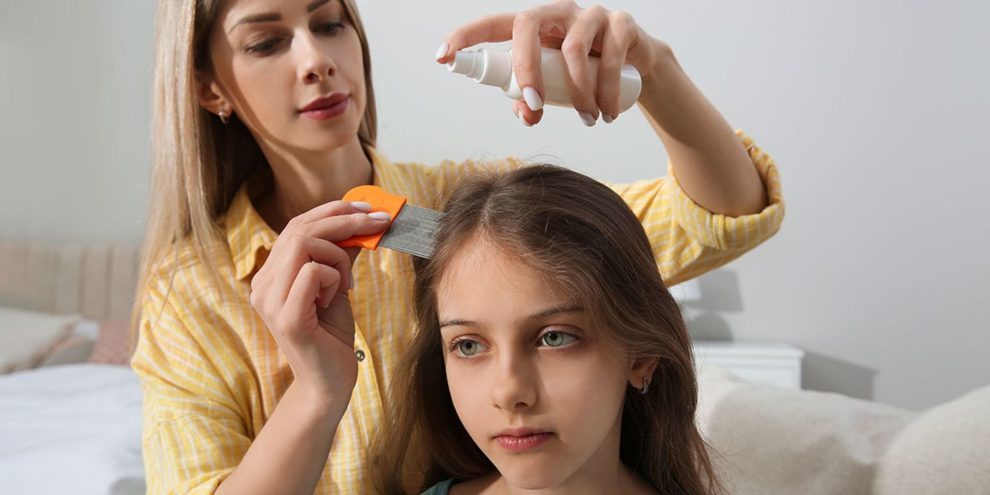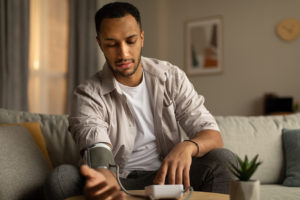Lice are tiny insects that can infest the scalp and cause discomfort and itching. They can be difficult to get rid of, as over-the-counter treatments may not always be effective and can even lead to resistance. If you’ve tried everything and still can’t get rid of lice, it is advisable to consult a healthcare provider or a specialist in head lice treatment for personalized advice and options. They may recommend prescription treatments or alternative methods, such as manual removal or heat treatments. It is also important to follow the recommended treatment plan and any precautions to prevent re-infestation.
Table of Contents
Can’t Get Rid Of Lice Tried Everything
Types of Lice
There are three types of lice that can infest humans:
- Head Lice: These are the most common type of lice and are found on the scalp, neck, and behind the ears. They feed on human blood and cause itching and discomfort.
- Body Lice: Body lice are different from head lice and are found on clothing and bedding. They are a sign of poor hygiene and can spread diseases.
- Pubic Lice: Pubic lice are also known as “crabs” and are found in the pubic area. They are transmitted through sexual contact or close personal contact with an infected person.
It’s important to properly identify the type of lice to determine the most effective treatment. Treatment for head lice is different from treatment for body or pubic lice, so proper identification is crucial.
Symptoms of Lice Infestation
The most common symptom of a lice infestation is itching on the scalp, neck, and behind the ears. Other symptoms may include redness and sores from scratching, as well as difficulty sleeping. In severe infestations, the scalp may become irritated and infected, leading to additional symptoms such as swelling, tenderness, and discharge.
It is also possible to have lice and not experience any symptoms at all, so it’s important to check regularly for lice if you have been in close contact with someone who has them. If you suspect you have lice, it’s best to see a doctor or healthcare provider for a proper diagnosis and treatment plan.
Causes of Lice Infestation
Lice infestations are typically caused by close contact with an infected person. This can occur through sharing combs, brushes, hats, and clothing, or through close contact in a crowded environment such as a school or daycare center. Lice can also be spread through shared beds, couches, and pillows. Lice are highly contagious and can quickly spread from person to person. People with long hair are more susceptible to lice infestations, as the insects have more hair to cling to.
Children are more likely to get lice than adults, as they tend to have more close contact with other children. Good hygiene practices, such as not sharing personal items, can help reduce the risk of lice infestation.
Diagnosis of Lice Infestation
Diagnosis of a lice infestation typically involves a physical examination of the scalp and hair by a doctor or healthcare provider. During the examination, the doctor will look for the presence of lice and their eggs, known as nits, on the hair shafts and scalp. In some cases, a fine-toothed comb may be used to help remove lice and nits from the hair for closer inspection.
If lice are found, the doctor will make a diagnosis of lice infestation and recommend the appropriate treatment options. In some cases, a skin or blood test may be done to confirm the presence of lice and rule out any other underlying conditions. It’s important to seek medical attention for a proper diagnosis and treatment plan if you suspect you have a lice infestation.
Over-the-Counter Treatments for Lice
Over-the-counter (OTC) treatments for lice include shampoos, creams, and sprays that contain insecticides. These insecticides are designed to kill lice and their eggs, but their effectiveness can vary depending on the individual case. OTC lice treatments can be found in drug stores and supermarkets and are typically used as a first line of defense against lice infestations.
It’s important to follow the instructions carefully and to repeat the treatment if necessary, as lice can develop resistance to certain insecticides. Additionally, it’s important to comb the hair with a fine-toothed comb to remove any remaining lice and eggs after using an OTC treatment. If OTC treatments are ineffective, a doctor may prescribe a stronger prescription treatment.
Prescription Treatments for Lice
Prescription treatments for lice are stronger than over-the-counter treatments and are typically recommended when over-the-counter treatments have failed. They contain prescription-strength insecticides that are designed to kill lice and their eggs. These treatments may come in the form of lotions, creams, or shampoos and are usually applied to the scalp and hair.
They may need to be used more than once to ensure all lice and eggs have been eliminated. Prescription treatments for lice should only be used under the supervision of a doctor or healthcare provider as they may have potential side effects and can be toxic if used incorrectly.
Home Remedies for Lice
In addition to over-the-counter and prescription treatments, there are several home remedies that can be used to treat lice, including vinegar, mayonnaise, and coconut oil. These remedies can help to suffocate lice and make it easier to comb them out of the hair.
Treatment Process for Lice Infestation
The process of treating a lice infestation typically involves using a lice treatment, such as a shampoo or cream and combing the hair with a fine-toothed comb to remove any remaining lice and eggs. This process may need to be repeated several times to ensure that all the lice and eggs are eliminated.
Preventing Lice Infestation
To prevent lice infestation, it is important to avoid close contact with infested individuals and to avoid sharing combs, brushes, hats, and clothing. Regular washing of bedding, clothing and other items that may come into contact with lice can also help to prevent infestations.
Conclusion
Lice infestations can be a frustrating and time-consuming problem, but with proper treatment and precautions, it is possible to successfully eliminate lice and prevent re-infestation. Over-the-counter treatments, prescription treatments, and home remedies can all be effective in treating lice infestations. If you suspect that you have a lice infestation, it is important to see a doctor or healthcare provider for a proper diagnosis and treatment plan.




Add Comment